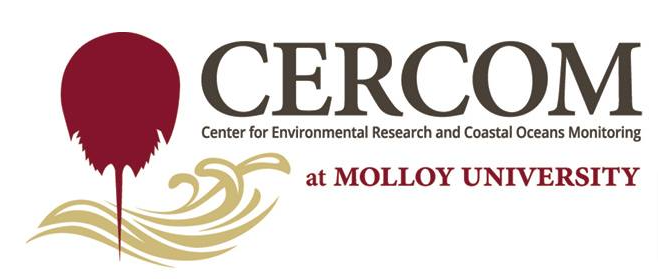Document Type
Peer-Reviewed Article
Publication Date
8-2001
Journal Title or Book Title
Environmental Management
Volume
28
Issue
2
Version
Post-Print
Publisher's Statement
The final publication is available at Springer via http://dx.doi.org/10.1007/s002670010219
DOI
10.1007/s002670010219
Abstract
During the 1980s, the exponential growth of laughing gull (Larus atricilla) colonies, from 15 to about 7600 nests in 1990, in the Jamaica Bay Wildlife Refuge and a correlated increase in the bird-strike rate at nearby John F. Kennedy International Airport (New York City) led to a controversy between wildlife and airport managers over the elimination of the colonies. In this paper, we review data to evaluate if: (1) the colonies have increased the level of risk to the flying public; (2) on-colony population control would reduce the presence of gulls, and subsequently bird strikes, at the airport; and (3) all on-airport management alternatives have been adequately implemented. Since 1979, most (2987, 87%) of the 3444 bird strikes (number of aircraft struck) were actually bird carcasses found near runways (cause of death unknown but assumed to be bird strikes by definition). Of the 457 pilot-reported strikes (mean = 23 ± 6 aircraft/yr, N= 20 years), 78 (17%) involved laughing gulls. Since a gull-shooting program was initiated on airport property in 1991, over 50,000 adult laughing gulls have been killed and the number of reported bird strikes involving laughing gulls has declined from 6.9 ± 2.9 (1983–1990) to 2.6 ± 1.3 (1991–1998) aircraft/yr; nongull reported bird strikes, however, have more than doubled (6.4 ± 2.6, 1983–1990; 14.9 ± 5.1, 1991–1998). We found no evidence to indicate that on-colony management would yield a reduction of bird strikes at Kennedy Airport. Dietary and mark–recapture studies suggest that 60%–90% of the laughing gulls collected on-airport were either failed breeders and/or nonbreeding birds. We argue that the Jamaica Bay laughing gull colonies, the only ones in New York State, should not be managed at least until all on-airport management alternatives have been properly implemented and demonstrated to be ineffective at reducing bird strikes, including habitat alterations and increasing the capability of the bird control unit to eliminate bird flocks on-airport using nonlethal bird dispersal techniques. Because the gull-shooting program may be resulting in a nonsustainable regional population of laughing gulls (>30% decline), we also recommend that attempts be made to initiate an experimental colony elsewhere on Long Island to determine if colony relocation is a feasible management option.
Related Pillar(s)
Study
Recommended Citation
Brown, Kevin; Erwin, R. Michael; Richmond, Milo E.; Buckley, P A.; Tanacredi, John Ph.D.; and Avrin, Dave, "Managing Birds and Controlling Aircraft in the Kennedy Airport–Jamaica Bay Wildlife Refuge Complex: The Need for Hard Data and Soft Opinions" (2001). Faculty Works: CERCOM (1977-2016). 11.
https://digitalcommons.molloy.edu/cercom_fac/11
Included in
Aquaculture and Fisheries Commons, Biodiversity Commons, Biology Commons, Environmental Chemistry Commons, Environmental Health and Protection Commons, Environmental Indicators and Impact Assessment Commons, Environmental Monitoring Commons, Marine Biology Commons, Sustainability Commons, Terrestrial and Aquatic Ecology Commons




